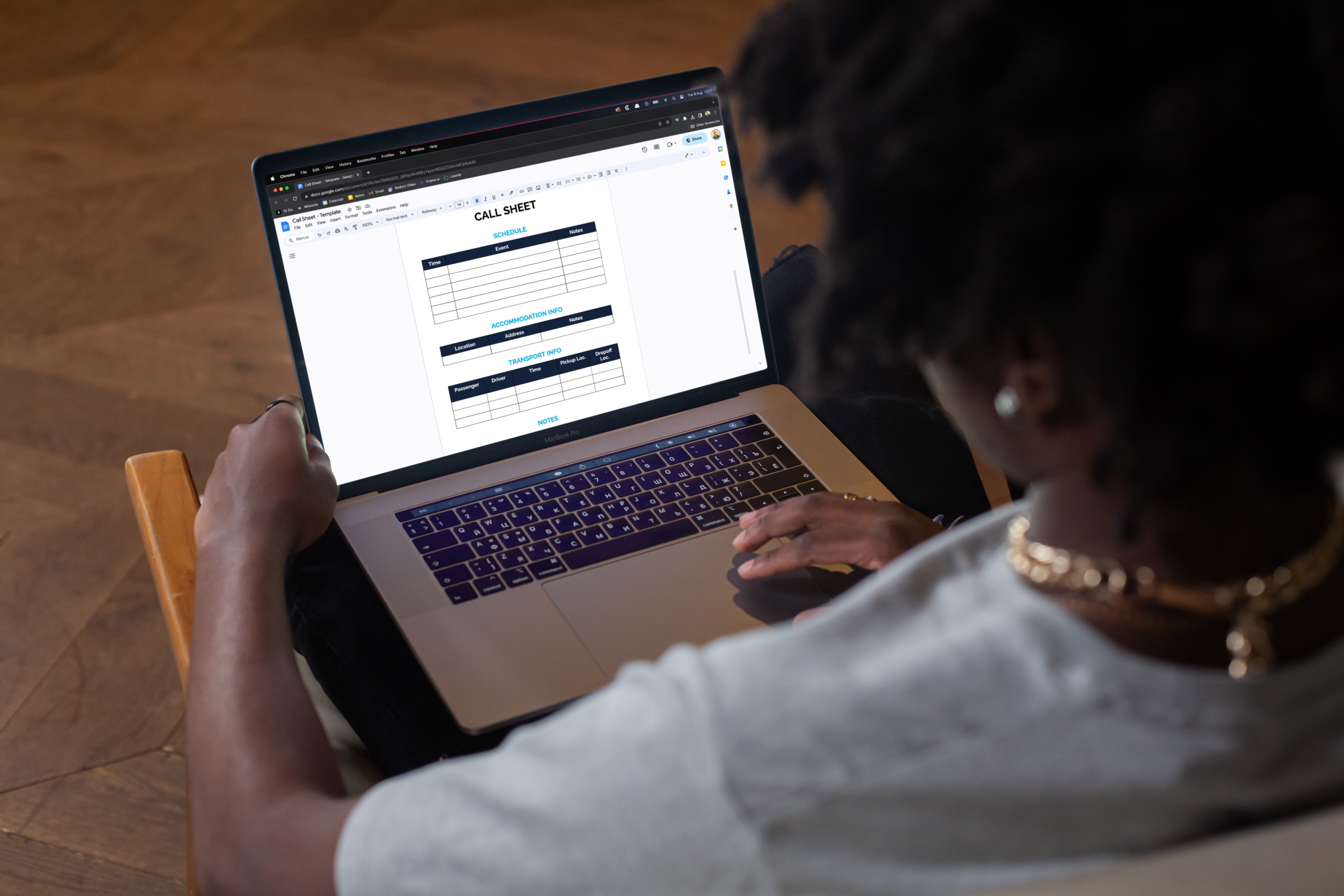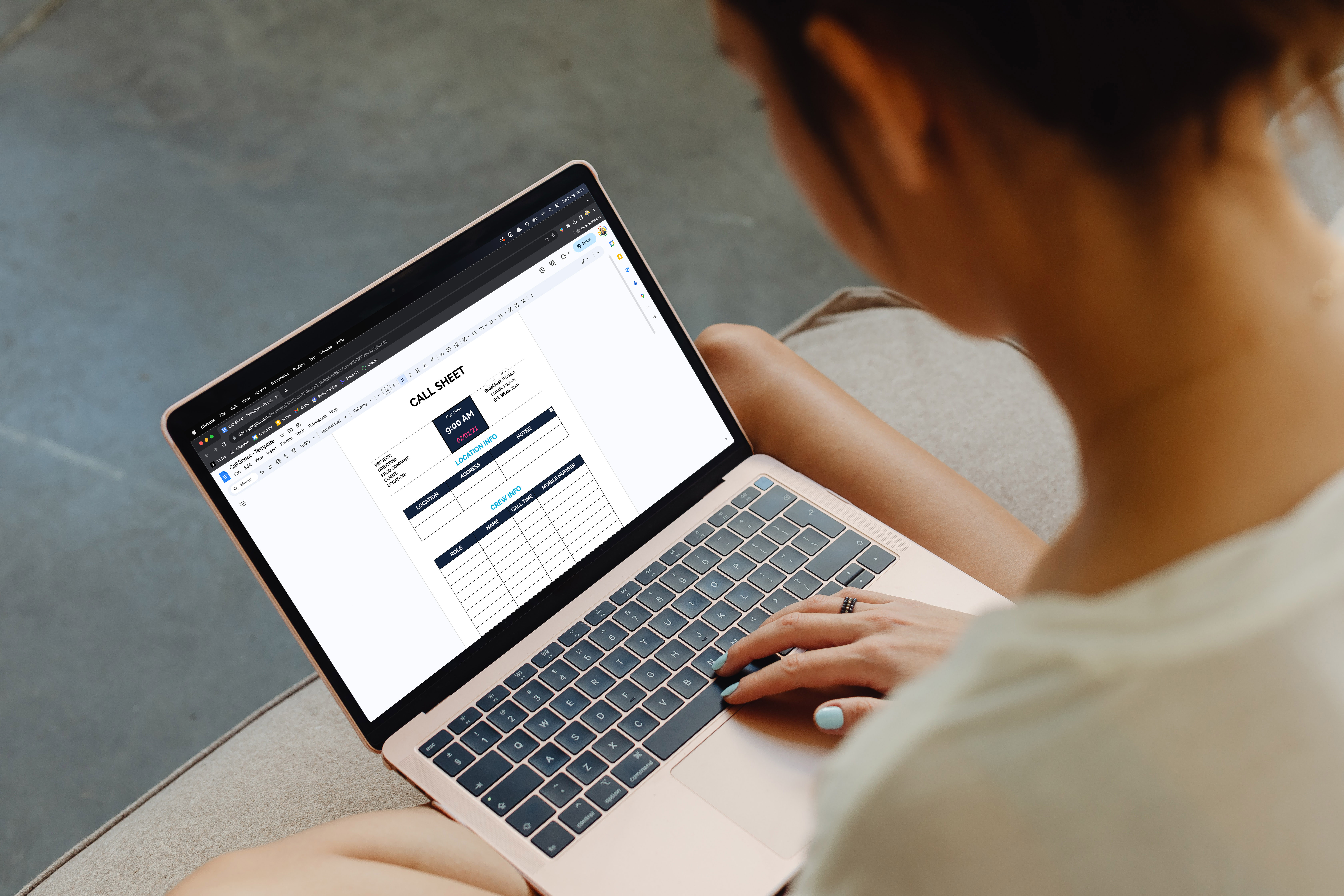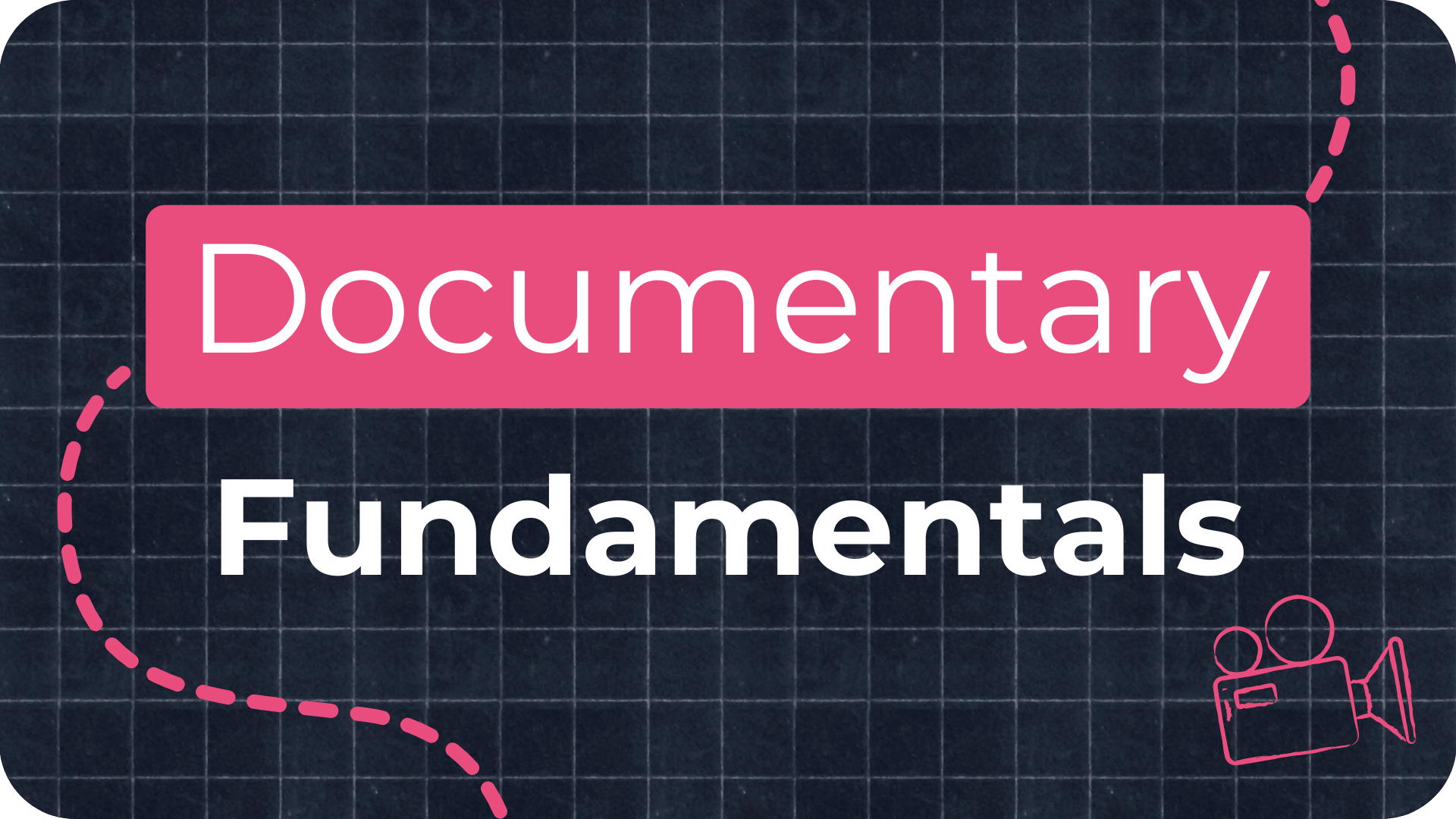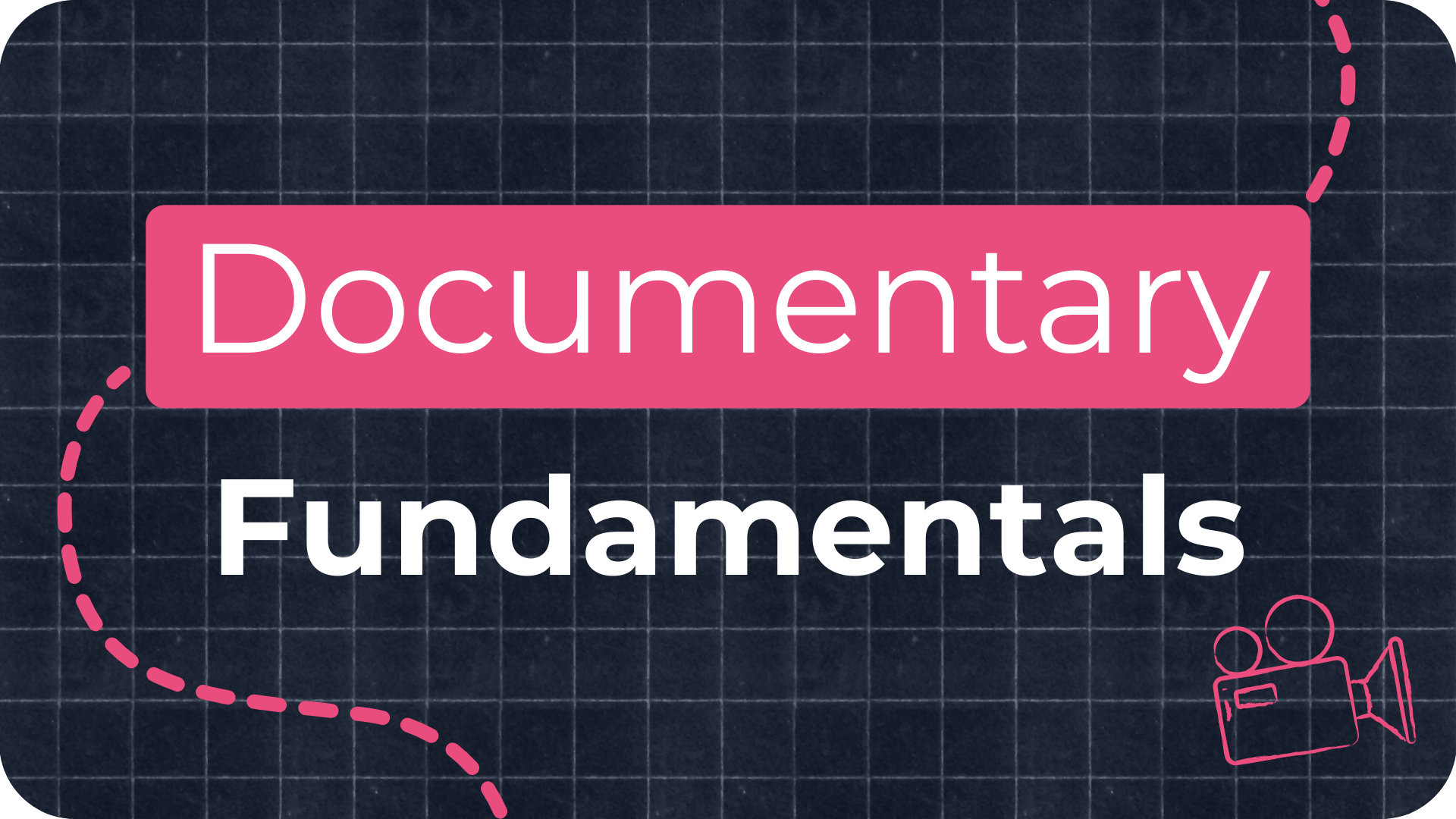How To Create a Call Sheet: Step-by-Step Guide

Imagine this: it's the day of your documentary shoot. Your equipment is ready, you've done your research, and you're buzzing with excitement. But as the day progresses, chaos ensues. Key crew members show up late or not at all, your interview subject is unsure about the timing, and you're struggling to coordinate scenes. The magic of the moment is fading fast. Sounds familiar? If you're nodding, it's likely you've skipped a crucial step - the Call Sheet.
What is a Call Sheet?
A call sheet is essential for documentary filmmakers. It's a daily schedule that lists interview times, locations, subjects, and needed equipment. This sheet helps the crew stay organised, adapt to unexpected changes, and ensure they have the right permissions. In short, it's the roadmap that keeps a documentary shoot on track.

Call Sheet vs. Schedule: What's the Difference?
In documentary filmmaking, call sheets and schedules take on nuanced roles tailored to the unpredictable nature of the genre. A call sheet is a day-to-day blueprint, detailing specific interview times, locations, subjects, and potential contingencies, ensuring everyone is prepped for the day's tasks. On the other hand, the schedule offers a holistic view of the entire documentary's timeline, capturing broader goals like major interviews, anticipated events, travel plans, and post-production benchmarks. In essence, the call sheet tackles the daily spontaneity of documentary filming, while the schedule provides a roadmap for the documentary's overarching journey.

Documentary Call Sheet Template
I’ve designed a free call sheet template to help save you time so you can get started planning your shoot straight away without having to create your own: Get your free call sheet
What to Include in a Call Sheet
Every call sheet is different but in the template I’ve created, I’ve simplified it down to seven key sections which I'm going to run through now:
1. Timing & Date
This is where you add the date you’re filming, the call time which is when you want everyone on set ready to start filming. It doesn’t mean filming, it means being on set ready to set up for the shot, to start filming. Then you want to add what breakfast is, which is usually an hour before the call time. Then lunch time which should be 5 or 6 hours after call time and it’s also your responsibility to provide food for the crew. Then finally wrap time which should be no more than 10 or 11 hours after call time. Of there will be times when you have to shoot longer than this but it’s never a good idea to aim for longer unless you’re switching crew during this time as you want to make sure you are looking after your crew and giving them enough rest time. Also if you film longer than 11 hours you’re expected to pay overtime - which can get very expensive and is best to avoid whenever possible.
2. Location info
This is where you write down where your unit base is, this is where your crew can go to the bathroom, and charge batteries - if possible. And have their lunch. Obviously, if you’re filming in the wilderness where non of these things are available, you just have to make do.
You’ll also be writing down the filming locations for that day, what the address is, and any other notes that the crew needs to know about regarding the location. Such as where toilets are or that they need to watch out for the neighbor's dog shouldn’t be patted. Those sorts of things.
3. Crew info
This is where you write down the crew members that will be on set during the shoot that day. You want to include their name, role, their specific call time if it’s different from the general call time. For example, if you’re shooting with a second camera. The second camera operator might not be needed until after lunch. So you’d write down what time they are needed on set. If the crew members' call time is the same as the general call time just write down General in the call time box. You also want to include the crew members' mobile numbers in case they need to be contacted.
4. Schedule
This is where you write down what you’d like to film when using the monthly schedule as a reference.
5. Accommodation info
This is only relevant if you’re filming away from home and you’ll have the accommodation details for your crew that evening. This is so the crew is able to find the address of where they’re staying and also have the contact details in case they get lost and aren’t able to find it. You can also include any other notes like no check-in before 5 pm.
6. Transport info
This is where you write down how the crew and subject are getting to location. For example is a taxi picking them up or is there another crew member that’s going to collect them. You also want to include where they’re being picked up from at what time and where they’re being dropped off. This makes sure everyone is on the same page.
7. Additional Notes
There's a section at the very bottom of the call sheet. This is where you can put any additional notes that you need to add. Such as the fact that it’s someone's birthday or that the shoot might be canceled if it snows, but for further notice. Those sorts of things would go anywhere else on the call sheet but are still important to include.
When to Send Call Sheets: Avoiding Crew Frustration
Call sheets are usually emailed to the crew & subject the afternoon or evening before the shoot. I wouldn’t recommend doing it any earlier than that as things are always changing it causes confusion sending multiple call sheets out when something does change. So wait until you’ve finished filming for the current day before sending out the following day's call sheet. This doesn’t mean you can’t put it together before then - which I do recommend doing. I would just to wrap up the current day before sending out the following day's call sheet - just in case there are any shoots that you missed on the current day that you have to add to the following day's call sheet.

Wrapping Up: The Power of the Call Sheet
In the world of documentary filmmaking, organisation is key. The call sheet isn't just a list—it's your roadmap to a successful shoot. By ensuring everyone is on the same page, you're setting your film up for success. Equip yourself with a solid call sheet and watch your shoots run smoother than ever. Here's to organised, effective filmmaking!

















